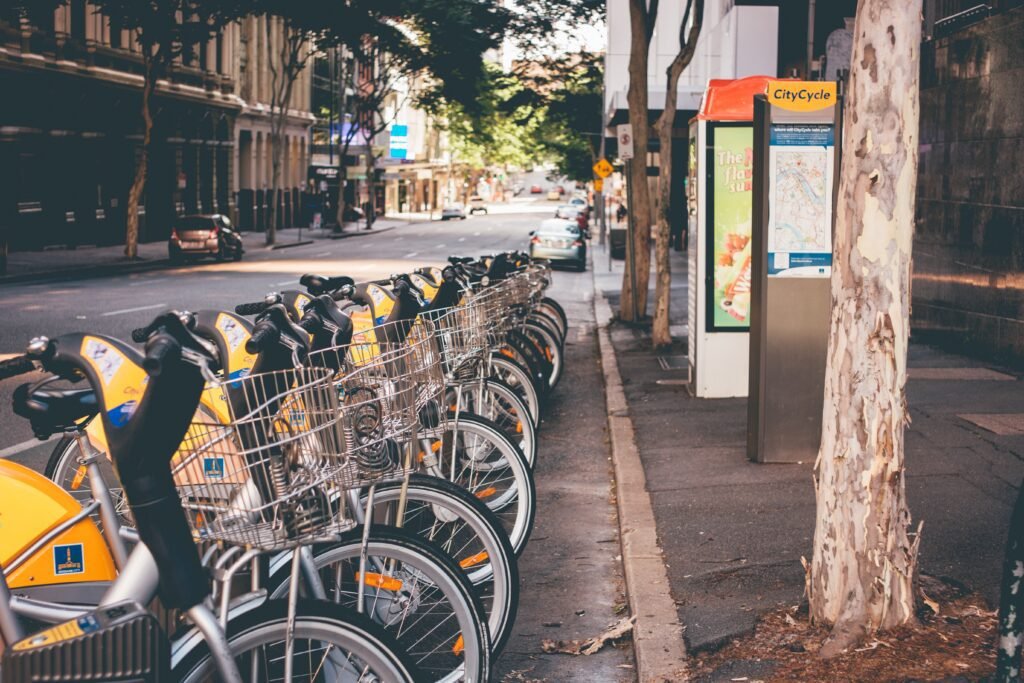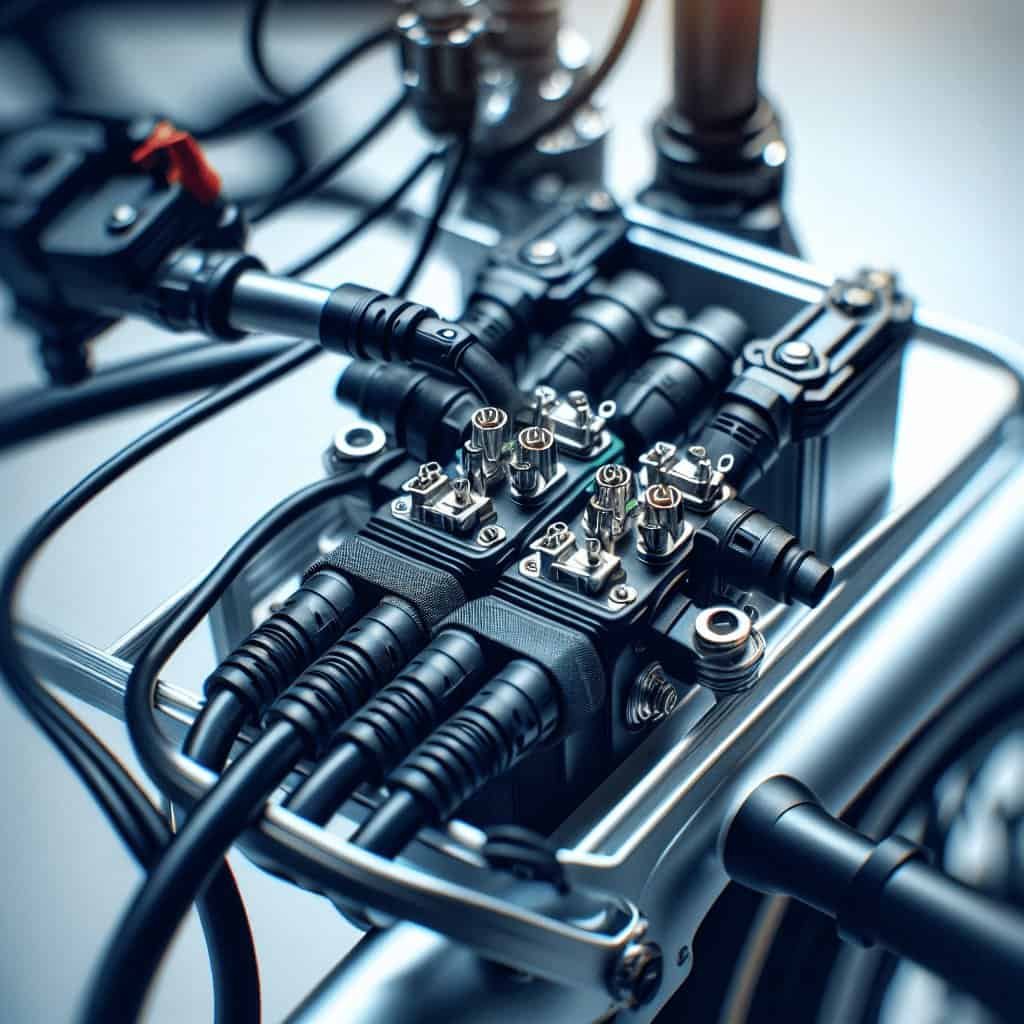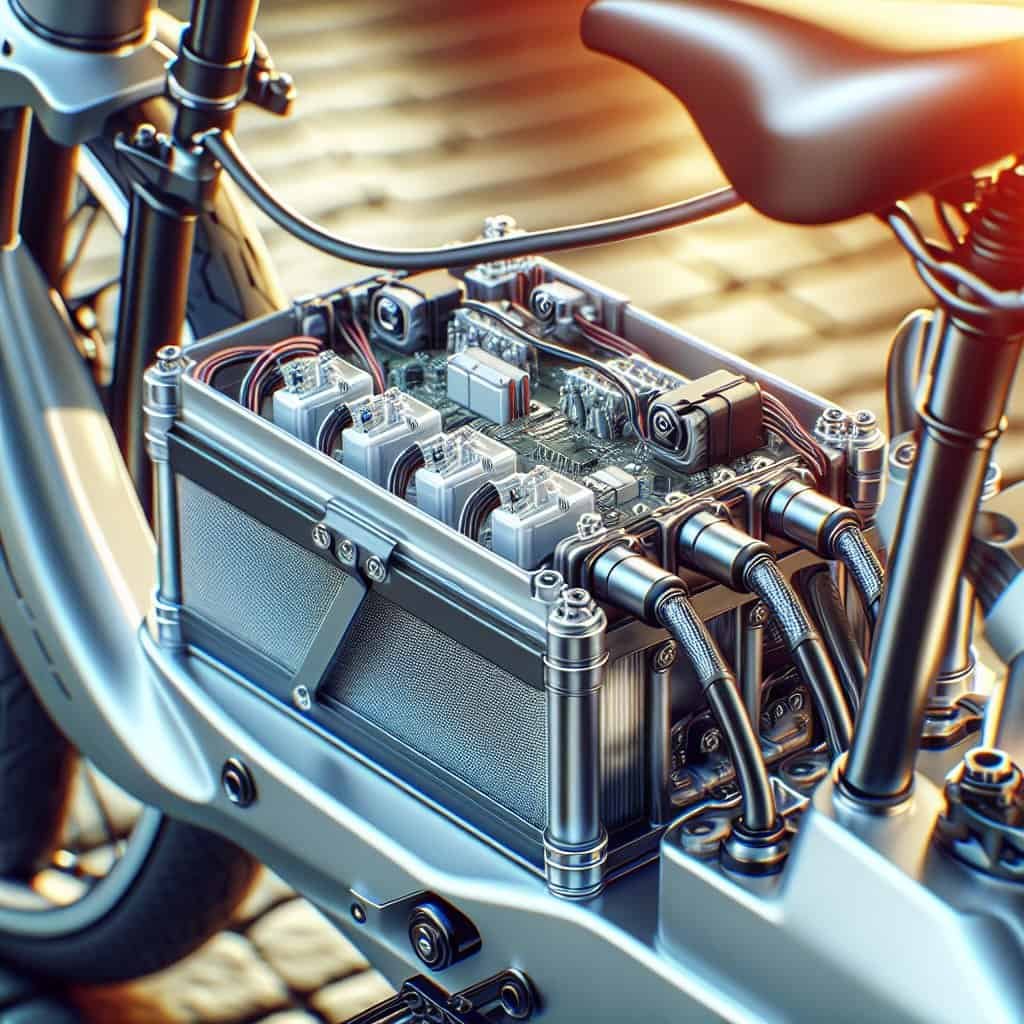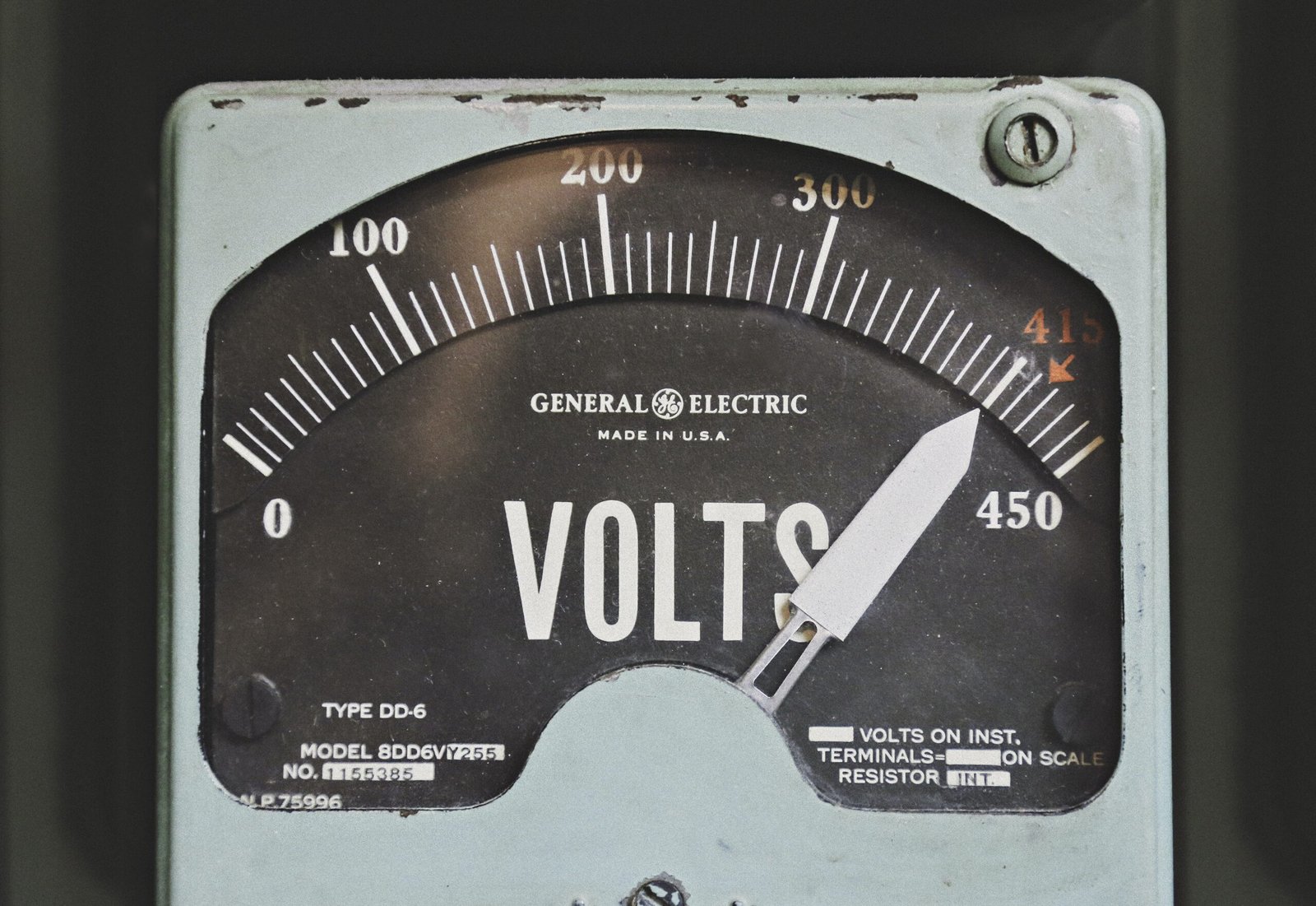If you’re considering purchasing an electric bike, you may be wondering about the specific maintenance requirements involved. Electric bikes are becoming increasingly popular as a convenient and eco-friendly mode of transportation, but do they require any special care? In this article, we will explore the maintenance needs of electric bikes and provide you with practical tips to keep your ride running smoothly. From battery care to keeping the components in tiptop shape, we’ve got you covered. So, let’s get started and ensure that your electric bike stays in perfect condition for miles of enjoyable rides.
Regular Cleaning and Lubrication
Cleaning the Frame
To keep your electric bike in top condition, regular cleaning is essential. Start by wiping down the frame with a soft cloth to remove any dirt or dust. For stubborn stains, you can use a mild detergent mixed with water. Avoid using any harsh chemicals as they can damage the paint. After cleaning, make sure to dry the frame thoroughly to prevent rusting.
Cleaning and Lubricating the Chain
The chain is a vital component of your electric bike, as it transfers power from the motor to the wheels. To ensure smooth and efficient operation, it’s important to clean and lubricate the chain regularly. Use a degreaser to remove any built-up dirt and grime, and then apply a suitable chain lubricant. Be careful not to over-lubricate, as excess oil attracts more dirt.
Cleaning the Brakes
Brakes are crucial for your safety, so keeping them clean and properly functioning is essential. Start by removing the wheels to access the brake pads. Use a clean cloth and some rubbing alcohol to wipe down the brake pads and remove any debris. If the pads are worn or damaged, it’s advisable to replace them to ensure optimal braking performance.
Lubricating the Moving Parts
In addition to the chain, there are several other moving parts on your electric bike that may require lubrication. These include the pivot points of the suspension, derailleurs, and any other components that move or rotate. Apply a small amount of lubricant to these areas to reduce friction and ensure smooth operation. Be careful not to over-lubricate, as excess oil can attract dirt and grime.
Battery Maintenance
Checking the Battery Connections
Proper maintenance of the battery is crucial for the performance and lifespan of your electric bike. Begin by checking the battery connections to ensure they are secure and free of any corrosion. If you notice any loose or corroded connections, clean them with a wire brush and apply a thin layer of dielectric grease to prevent future corrosion.
Charging the Battery Properly
Proper charging is key to maximizing the battery life of your electric bike. Follow the manufacturer’s instructions for charging, and avoid overcharging or completely draining the battery. It’s also important to use the correct charger provided by the manufacturer to prevent any damage to the battery or the bike’s electrical system.
Storing the Battery
If you plan to store your electric bike for an extended period, it’s essential to store the battery properly. Ideally, the battery should be stored in a cool and dry place away from direct sunlight. Before storing, make sure the battery is fully charged, as storing a partially charged battery can lead to permanent damage. It’s also a good idea to periodically check the battery charge during storage and recharge if necessary.
Replacing the Battery
Over time, the battery of your electric bike will degrade and lose its capacity. When you notice a significant decrease in the battery life or the battery no longer holds a charge, it may be time to replace it. Consult the manufacturer’s guidelines for the recommended battery replacement procedure and consider seeking professional help if you’re unsure.

Tire Care
Checking Tire Pressure
Maintaining the proper tire pressure is crucial for a smooth and efficient ride. Use a tire pressure gauge to regularly check the pressure and ensure it matches the recommended PSI (pounds per square inch) provided by the tire manufacturer. Underinflated tires can negatively affect your bike’s performance, while overinflated tires may increase the risk of a blowout. Adjust the tire pressure accordingly using a suitable pump.
Inspecting Tread Wear
Regularly inspect the tread wear on your electric bike’s tires to ensure they are in good condition. Look for any signs of excessive wear, such as bald spots or uneven tread. If the tread depth is below the recommended level, it’s time to replace the tires. Riding with worn-out tires can significantly reduce traction, especially in wet or slippery conditions, compromising your safety.
Replacing Tires
When it’s time to replace the tires, choose ones that are specifically designed for electric bikes. These tires are typically reinforced to handle the extra weight and provide better traction. Follow the manufacturer’s guidelines for replacing the tires, or consider seeking professional assistance if you’re unsure how to do it yourself.
Brake System Maintenance
Checking Brake Pads
Regularly inspecting your brake pads is crucial for your safety on the road. Look for signs of wear, such as thinning or uneven surfaces. If the brake pads are worn beyond the recommended level, it’s time to replace them. Riding with worn-out brake pads can compromise your ability to stop efficiently, increasing the risk of accidents.
Adjusting Brake Levers
Ensure that your brake levers are properly adjusted to provide optimal braking performance. When you squeeze the brake levers, they should engage smoothly without excessive play or resistance. If you notice any issues, consult the manufacturer’s instructions for adjusting the brake levers, or seek professional help if needed.
Bleeding Hydraulic Brakes
If your electric bike is equipped with hydraulic brakes, bleeding the brake system periodically is essential for maintaining optimal performance. Over time, air can get trapped in the brake lines, reducing braking efficiency. Consult the manufacturer’s guidelines or seek professional assistance for the proper procedure to bleed the hydraulic brakes.

Gearing and Shifting
Inspecting Gears and Derailleurs
Regularly inspecting the gears and derailleurs on your electric bike can help identify any issues before they become major problems. Look for signs of wear, damage, or misalignment. If you notice any abnormalities, consult the manufacturer’s instructions for troubleshooting or seek professional assistance.
Adjusting Shifting
Smooth and accurate shifting is crucial for a comfortable and efficient ride. If you experience difficulty shifting gears or notice any skipping or grinding noises, it’s time to make adjustments. Refer to the manufacturer’s instructions for adjusting the shifting mechanism, or consider seeking professional help if needed.
Replacing Cables and Housing
Over time, the cables and housing that control the shifting mechanism may wear out or become damaged. If you notice any frayed or rusty cables, it’s advisable to replace them to ensure smooth and precise shifting. Consult the manufacturer’s guidelines for the recommended procedure, or seek professional assistance if you’re unsure.
Suspension Maintenance
Cleaning and Lubricating Suspension Components
If your electric bike has a suspension system, regular cleaning and lubrication are necessary to ensure optimal performance. Use a clean cloth to wipe down the suspension components and remove any dirt or debris. Apply a suitable lubricant to the pivot points and bushings, following the manufacturer’s recommendations.
Inspecting for Damage
Regularly inspect your suspension components for any signs of damage or excessive wear. Look for cracks, dents, or loose bolts. If you notice any abnormalities, it’s crucial to address them promptly to prevent further damage and ensure your safety.
Adjusting Suspension Settings
Different riding conditions may require different suspension settings. Familiarize yourself with the suspension adjustments on your electric bike and experiment with different settings to find what works best for your riding style and terrain. Follow the manufacturer’s instructions for adjusting the suspension, or consider seeking professional assistance if needed.

Electrical System Maintenance
Checking and Tightening Electrical Connections
The electrical system on your electric bike plays a crucial role in powering the motor and other electrical components. Regularly inspect the connections and ensure they are secure and free of any corrosion. If you notice any loose or corroded connections, clean them with a wire brush and apply a thin layer of dielectric grease for added protection against future corrosion.
Inspecting Wiring for Damage
Inspect the wiring on your electric bike for any signs of damage, such as frayed or exposed wires. Damaged wiring can lead to electrical issues or malfunctions. If you notice any issues, it’s important to address them promptly. Depending on the extent of the damage, you may need to repair or replace the wiring. Consider seeking professional assistance if you’re unsure.
Replacing Faulty Electrical Components
If you experience electrical issues or malfunctions on your electric bike, it may be due to faulty electrical components. If you’re confident in your abilities, consult the manufacturer’s instructions for replacing the specific component. However, if you’re unsure or uncomfortable with electrical work, it’s best to seek professional help to avoid further damage or injury.
Display and Control Panel Maintenance
Cleaning and Protecting the Display
The display and control panel of your electric bike provide important information and control over various settings. Regularly clean the display using a soft cloth to remove any dirt or smudges. If necessary, use a mild detergent mixed with water. Avoid using abrasive cleaners or harsh chemicals, as they can damage the display. Applying a protective film can help prevent scratches.
Checking Control Panel Buttons and Functions
Periodically check the control panel buttons and functions to ensure they are working properly. Test each button and function to make sure they respond as expected. If you encounter any issues or inconsistencies, consult the manufacturer’s instructions for troubleshooting or seek professional help if needed.
Updating Firmware
As technology advances, manufacturers may release firmware updates for your electric bike’s display or control panel. These updates can improve functionality or address any known issues. Check the manufacturer’s website or contact customer support to see if there are any available updates for your specific model. Follow the provided instructions to update the firmware and enjoy the latest features and improvements.

Frame and Component Inspection
Inspecting for Cracks or Damage
Regularly inspecting your electric bike’s frame and components is crucial for your safety. Look for any signs of cracks, dents, or other damage. Inspect all welds, joints, and stress points carefully. If you notice any abnormalities, it’s important to address them promptly to prevent further damage or potential failure while riding.
Checking for Loose Bolts and Nuts
Vibrations and normal wear can cause bolts and nuts to loosen over time. Regularly check all the bolts and nuts on your electric bike and ensure they are tight and secure. Pay close attention to critical areas such as the handlebars, stem, seat post, and pedals. Use the appropriate tools to tighten any loose components.
Tightening Components
In addition to checking for loose bolts and nuts, it’s important to periodically check other components for tightness. Pay attention to the headset, bottom bracket, and wheel axles. If you notice any play or excessive movement, consult the manufacturer’s guidelines for the recommended tightening procedure or consider seeking professional assistance.
Professional Servicing and Maintenance
Getting Regular Tune-ups
Even with regular DIY maintenance, it’s recommended to have your electric bike professionally serviced periodically. Professionals have the expertise to identify and address potential issues that may go unnoticed during routine maintenance. A professional tune-up can help ensure your electric bike is in top condition and performing at its best.
Seeking Professional Help for Repairs
While some repairs can be done at home, there may be instances where it’s best to seek professional help. If you encounter any issues that are beyond your knowledge or abilities, don’t hesitate to reach out to a qualified electric bike technician. They have the necessary skills and tools to diagnose and repair complex problems safely.
Maintaining Warranty Coverage
If your electric bike is still under warranty, it’s important to follow the manufacturer’s maintenance recommendations to maintain the warranty coverage. Failure to adhere to the recommended maintenance may void the warranty, leaving you responsible for any repair costs. Keep records of all maintenance and service performed on your electric bike to support any warranty claims in the future.
By following these comprehensive maintenance guidelines, you can keep your electric bike in excellent condition and enjoy many miles of trouble-free riding. Regular cleaning, lubrication, and inspections will help extend the lifespan of your bike and ensure optimal performance. Remember to always prioritize safety and seek professional help when needed. Happy riding!


